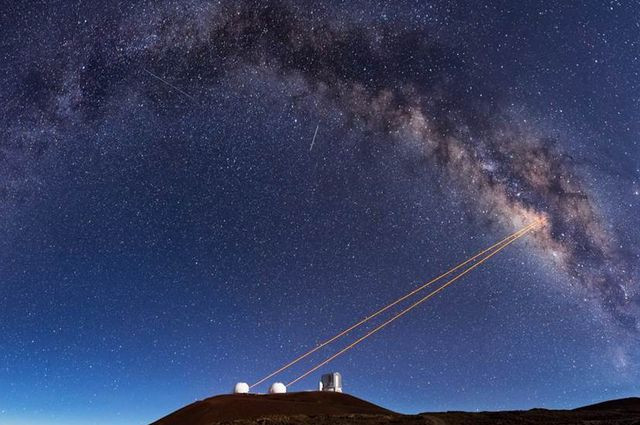Mysterious Object At Centre of Milky Way Identified As Merged Star

A mysterious object in the centre of the Milky Way is most probably a pair of binary stars that have merged under the orchestration of the black hole there.
Astronomers at UCLA used the Keck Observatory's 10-metre telescopes to look at G2, the object, in summer during its closest approach to the black hole at the centre of our galaxy.
The team led by Andrea Ghez, professor of physics and astronomy in the UCLA College, said that the binary stars merged into one large star which is cloaked in gas and dust raised by the heat of surrounding stars.
When two stars near the black hole merge into one, the product star expands for more than one million years before it settles back down. G2 now is undergoing a common phenomenon near black holes when large objects become elongated.
Many of the stars that we see could be the end product of mergers that have settled down from the initial fuss.
The research was published in the journal Astrophysical Journal Letters.
It was earlier believed that G2 was a hydrogen cloud racing to the centre of the galaxy. But any such cloud would have been torn apart by the black hole resulting in fireworks.
But the fact that nothing like that was seen and the object continued on its orbit, unaffected by the black hole, led the astronomers to revise their view.
G2, they realised, was a star created from a merger driven by the black hole's gravity.
These conclusions would not have been possible without the Keck's advanced technology, says the university press release.
The telescopes use adaptive optics, a powerful technology that corrects the distorting effects of the Earth's atmosphere in real time to reveal the space around the super massive black hole.
© Copyright IBTimes 2025. All rights reserved.





















